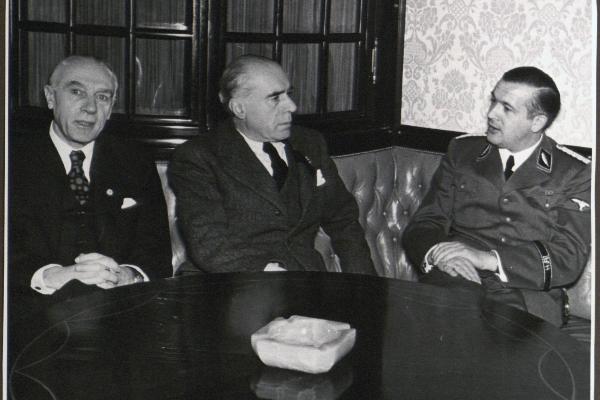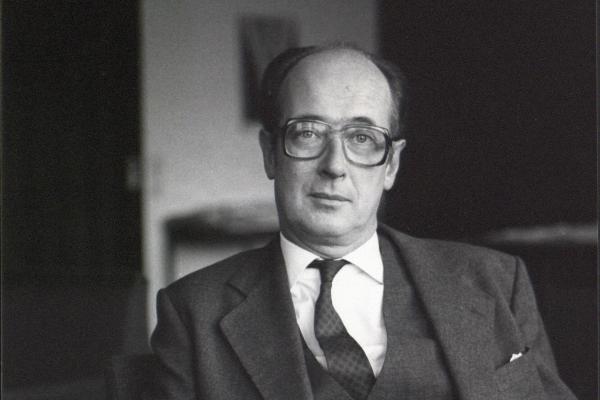In the course of its history, the governance of LMU has been set out in a variety of University charters. In this respect, the Hohe Schule zu Ingolstadt had followed the model of the University of Paris: The College was organized into four facultates and led by a Rector. The Rector was elected by an assembly that included all faculty members. This assembly evolved into the University Senate during the 16th century, and the Chancellor was responsible for the religious supervision of the institution.
In 1804, the rules governing the election of the Rector were altered by an edict that strengthened the influence of the Bavarian State. The Rector was now appointed directly by the reigning prince on the recommendation of his ministers. The four Faculties were reduced to two, devoted respectively to the so-called “general” and “particular” sciences, and the office of Chancellor was temporarily abolished in 1807. The University was also deprived of almost all elements of its former corporative autonomy. Its seals were destroyed, documents were ratified with the Seal of State, and the traditional academic gowns were replaced by official uniforms.
Following its relocation to Munich and the accession of King Ludwig I to the throne, the University was granted greater freedom of action. The faculty-based organization was restored, and the University was once again empowered to elect its Rector and Senators. New robes of office were even introduced for what were now five Faculties - Theology, Law, Medicine, Philosophy and Political Economy - and a golden chain of office for the Rector was provided. Finally, the seals previously used by the Rector’s Office and the Faculties were also restored.
Attempts to force through a revolutionary reordering of university organization in 1919 were blocked by the determined resistance of the University Senate. In the following year, the Bavarian Minister for Culture promulgated a new University Statute. This left the powers of the various institutional divisions unaltered. However, elected representatives of civil servants, mid-level faculty and students were granted active voting rights in the election of the Rector.
Soon after the National Socialists came to power in 1933 the collegiate bodies responsible for university self-governance were deprived of their autonomy, and replaced by the authoritarian Führerprinzip. The Rector was no longer elected by faculty members but selected by the Ministry of Culture. An assembly of faculty representatives (Dozentenschaft) assumed the role of a supervisory body. In the years immediately following the Second World War, LMU was governed according to the provisions of a draft statute formulated by Acting Rector Albert Rehm. Only on 2 March 1955 did the University obtain a new, governmentally sanctioned statute. LMU now had seven Faculties – the new additions being Veterinary Medicine and Natural Sciences – each headed by a Faculty Dean. The Rector was Head of the University and Chairman of both the Senate and the Administrative Council.
In the early 1960s the University itself reformed its governance structure. In 1969 LMU was one of the first universities in Germany to adopt a collegiate University Statute. Under this Statute, leadership of the University was invested in a five-member Collegium, consisting of the Rector, Pro-Rector, two Con-Rectors and the Chancellor. The Bavarian Higher Education Act of 1976 then introduced a presidential system for the first time. The amendment of the Act 14 years later enabled a return to the rectoral model. As a result, the elected Rector automatically became the President of the University. With the Bavarian Higher Education Act of 2006, a presidential constitution was introduced for the second time, and remains in force.




